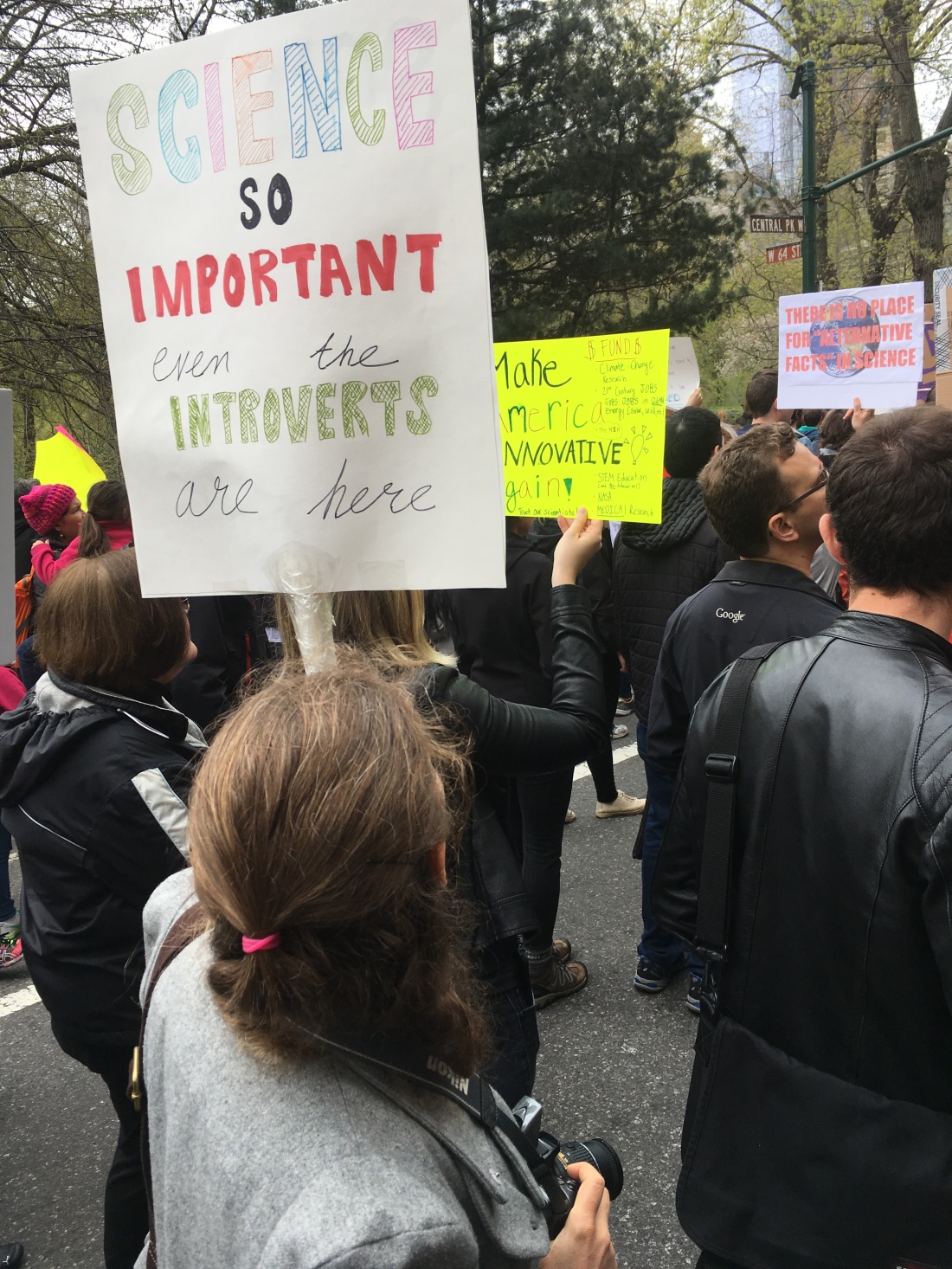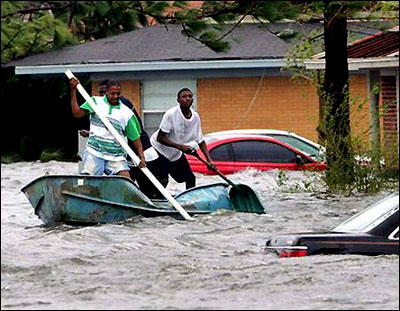A version of this blog also appeared on Medium
On President Trump’s 100th day in office, I’m thinking still about a lingering, ongoing sense of being reluctantly invited to join a spectacle of social change. It’s not the only reason I’m sitting out the People’s Climate March – I’m also busy, tired and need to have some time in my life when I’m not losing sight of what is true for me, which is that writing is my activism and my self-care but sometimes that looks like being silent, reading a book or being unproductive for a change.
But back to the spectacles.
The Women’s March was the most popular of these to date and I sat that one out, too, for a number of reasons, including concerns I had around inclusivity and representation. I know we’ve moved on and we’re so much better than this, but I will never forget learning first about the Women’s March from other black women who noticed that it was first named after the march led by black women as if that first one had never happened. Surely, it was merely a generational misstep, right? But so what. Erasure is erasure. If people erase you once, they will do so again.
But despite my personal ambivalence about an ongoing and popular performance of solidarity — the notion that by simply showing up and being physically present with mission-aligned people, the important intersectional work of sustainable social change becomes inevitable — I ignored the same problems with diversity that plagued the March for Science by making it a point to get to the satellite March for Science in New York City on Earth Day last Saturday.

The sense of resistance to inclusion resurfaced this week when I read about Rev. Lennox Yearwood Jr.’s encounter with police at the D.C. March for Science, which involved him being slammed against a food truck. He told ThinkProgress: “For me to go through that amplified what a lot of people of color have told me — that they don’t feel welcome in the environmental movement, or they can be singled out. I’ve been in the climate movement for a long time, and for the first time, I felt out of place. At that moment, I was just a black guy who was stopped by the police, harassed, roughed up, and let go.”
Rev. Yearwood went on to say in his HuffPost piece that broadening the environmental movement in particular, in terms of numbers or diversity, will only happen when meaningful things are put in place to do so. That includes the empathy that comes with knowing what it looks like to march as a person of color for science, for climate or any issue, for that matter.
It will mean going beyond performing the work of social change and solidarity.
Because I believe this, even though it’s sort of at odds with my status as an outgoing introvert, I forced myself out of my comfort zone on Saturday.
Part of why I was so invested in attending the March for Science is because I spent the better part of a year and a half at the end of the Obama Administration with a group of people I affectionately refer to as “the science nerds,” working as a deputy press secretary in the Office of Public Affairs at the Department of Energy. With a team of brilliant appointees and federal staff, I helped connect journalists to subject matter experts on energy efficiency, cybersecurity, wind and hydropower. I led the Energy Department’s coordination with the White House on initiatives related to deploying solar to low-income neighborhoods, broader incentives for electric vehicle adoption and more.
But my favorite part of each week was preparing a news briefing for former Secretary of Energy Ernest Moniz. Secretary Moniz is a tireless nuclear physicist, whose sharp wit and fast mind are as acute as his grasp and eloquence related to the vast auspices of energy — whether he is discussing coal, carbon capture technology, energy efficiency or nuclear fusion. He could — and did — hold court for hours on negotiating the Iran Nuclear Deal, the importance of investing in energy infrastructure — from the electrical grid to shoring up the country’s petroleum reserves.
What I knew about climate when I joined the Department of Energy would not fill half a page. But from the wise folks I worked with, I learned that simultaneously, the earth was warming and our energy infrastructure was falling apart, but there were ways we could mitigate these changes. We could be more mindful of how the ways we used energy contributed to harmful carbon emissions.

From the Paris Climate Agreement to Grid Modernization, the work I was a small part of seemed meant to not only make a meaningful contribution to climate in the near-term by fending off catastrophes like Superstorm Sandy or Hurricane Katrina, but in the long term, too, by calibrating the energy efficiency of appliances (to name just one example) to make them both affordable and less damaging to the environment. It was cool to imagine a world in which our federal government would be as invested in harnessing the natural abundance of wind, solar and hydropower in an effort to keep us from the disasters that are inevitable from the impact of climate change.
It was there that I also learned about climate resiliency and the lack of attention to how environmental racism impacts people of color and low-income communities. I learned more about how African Americans have already been hardest hit by climate change. How global warming has led to a climate gap most evident in poor communities.
Then there is the inconvenient evidence that throughout history, science has been leveraged to exploit people of color. That made it all the more ironic that the powerful HBO film based on Rebecca Skloot’s bestselling book, The Immortal Life of Henrietta Lacks, aired on Earth Day, the same day as the science marches were held. The film truncates Skloot’s recovery of the lost history of how the unauthorized use of Lack’s cells revolutionized science with a stunning performance by Oprah Winfrey as Deborah Lacks, Henrietta’s daughter.
I watched the film the day after the march, disappointed at the missing conversation around these two related events. I’m thankful that civic engagement and social change organizing continues to move forward, not just in North America but around the world. But the idea that performing solidarity simply by showing up with clever signs will change the fact that some bodies are protected and others are not (in theory or in practice) is flawed. As the People’s Climate March and May Day rallies approach, I wonder how this will begin to shift, if at all.